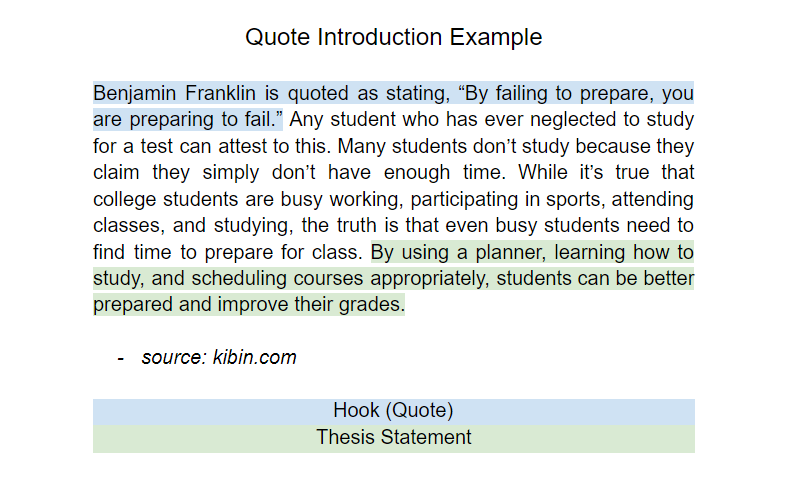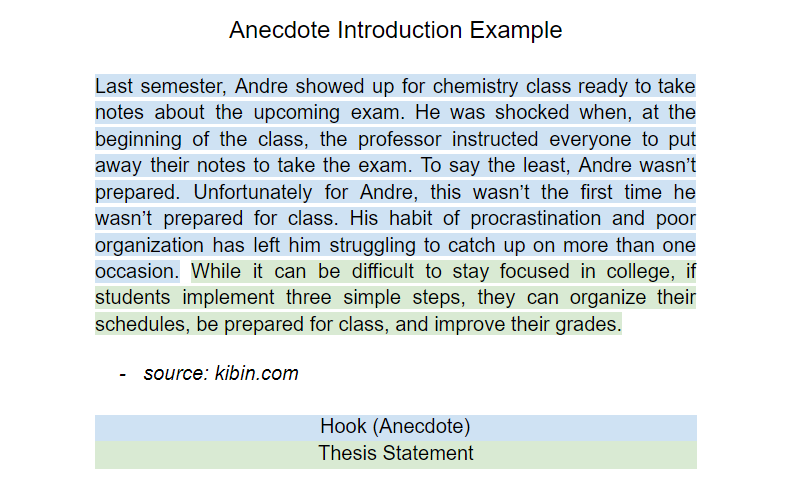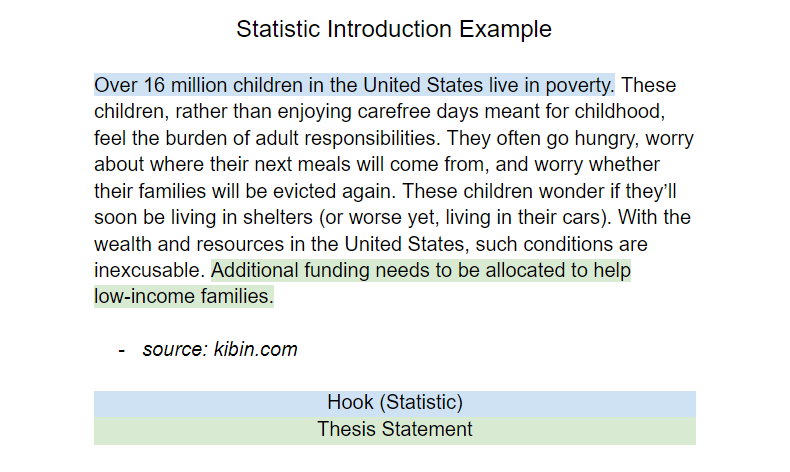You only get one chance to make a first impression. When you meet someone new, how you present yourself right from the start can shape their interest in you and influence your relationships with others.
The same principle applies to other endeavors, like essays. If you’re working on a project, the main task is to “lay the foundation” and ensure a confident launch. It is our first step in guaranteeing a well-organized development.
The same principle applies to other endeavors, like essays. We’d like to focus on what each student faces — essay writing. The essay begins with an introduction that sets the stage for the topics to be covered.
After receiving such an assignment, you have probably thought a lot about how to start an essay the right way. In this article, we will try our best to answer that question and discuss how to begin an essay and:
- Introduce the subject matter of your assignment.
- Convey the main idea of the writing.
- Make your introductory paragraph engaging.
- Attach the readers’ attention to the rest of your essay.
What to know more about writing an essay in general? Check our comprehensive, 12-step guide to any essay.
The Basics of Essay Introductions
First of all, remember the following rule: there is no one universal introduction pattern that would be ideal for all essays. Depending on such factors as the assignment type, academic level, time for paper writing, specialty, essay topic, and your professors’ requirements, your starting paragraph will vary. Is it a persuasive, analytical, or argumentative essay? For instance, an argumentative essay introduction might explore the nature vs. nurture debate, discussing the influence of genetic inheritance and environmental impact on individual development. Is it for high school or college? Each of these factors influences what you will write in the introduction.
What’s more important, there are some commonalities or even standards that you should consider to start your essay effectively. For example, for a five-paragraph essay, the introduction usually takes 15–20% of the paper’s length.
There’s no difference whether you are working on a 1000-word essay or a short report; the introduction paragraph should always get proper attention. Even the first sentence of your assignment can be an introduction — all you need is to ensure it fulfills the requirements. But what are those exactly?
#1: Relevant Background Information
The introduction is your chance to help readers understand the main focus of your paper. Rather than just restating the topic and outlining your ideas, it’s important to captivate your audience. You can do this by offering relevant context and background information about the issue you’re discussing.
It doesn’t matter if it’s an “Obesity” essay or a “Plans for your vacation” essay — apart from the title, there should be a story. The topic background is the door. After entering it, the reader can proceed to the body of the essay with full awareness of what they will read.
An expository essay introduction, for example, might describe the world before the digital age to highlight the impact of the digital revolution on society.
Since an essay introduction (often only a few sentences) takes up to 20% of the whole writing, don’t beat around the bush.
While working on it, keep in mind two important aspects:
- Make sure the attention is focused on one issue only.
- Show that the topic is relevant and needs discussion.
Imagine you are writing a persuasive essay about the importance of caring for the environment. To start an essay introduction with a call to use paper bags or abandon plastic cups is not the most effective way of doing it. Think about your readers and ask yourself, “Do they know that such a problem exists?” Then, it will be easier for you to figure out the best mood for your text. The task is quite tricky — you have to make the introduction of your essay informative but precise, simple, and engaging.
#2: The Thesis Statement
What makes your writing stand out and engaging? It’s your unique perspective on the topic. By sharing your viewpoint in the introduction, you invite readers to reflect on their beliefs alongside yours. So, embrace your perspective and let it guide your discussion. This is where your thesis statement should truly shine.
The thesis is the foundation upon which the entire essay is based and the pivotal feature of the introductory paragraph — the essence of all the ideas you want to develop. But again, the length requirements won’t allow you to make it a few paragraphs long.
Here are the features of a relevant thesis statement:
- Makes your primary idea clear, without phrases like “this paper is about.”
- Focused on one issue but can be developed into three (or more) paragraphs.
- Sounds trustworthy since you are supposed to have at least three supporting pieces of evidence for it.
- Includes the main ideas of the body paragraphs or your essay’s conclusion.
We went through some aspects of how to start an essay, but if nobody wants to read what you’ve written, what’s the point? How are you going to grab the reader’s attention? Do you want to make everyone want to read your essay? Then, you’ll need some good hooks.
Choose Your Introduction Hook
Have you ever listened to TED talks? Do you remember when, at some point, you thought, “I want to know the answer” or “And, what’s next?” Those examples show how great hooks work and grab the reader’s attention. That’s what can make someone keep reading your paper. Your thoughts can change their viewpoints, and your essay writing should let them know that. For instance, essay introduction examples for narrative, descriptive, argumentative, and expository essays can provide a clear idea of how to start an essay effectively.
An essay hook can intrigue, provoke, amuse, or puzzle — it all depends on your intent and the writing’s mood. Let’s consider an attention-grabber in the context of an environment protection topic. Introduction examples, such as using shocking or amusing facts, can be particularly effective in grabbing the reader’s attention right from the start.
Intriguing
In this case, the readers would want to know more about the issue. This hook should be exciting (positively or negatively) and make the audience assume things.
Example:
You can save up and help the planet with only one cup. (You can save money with a reusable cup when ordering coffee-to-go, etc.)
Provocative
Here, your task is to make the reader want to argue with you (or comply, if you provide enough evidence).
Example:
While you’re going to church, shopping, or having a launch in a local cafe, you’re also committing a severe crime. All those bags, cups, and other plastic products kill up to one million sea inhabitants when dumped in the ocean annually.
Funny
It is probably one of the most favorable ways to start an essay. A funny story or a reference can set the mood for your paper and cover a major issue.
Example:
Let’s remember George Carlin’s famous speech. People often contemplate the purpose of our lives. “Plastic!” Earth tells us. “I need more plastic!” And this is where we started fulfilling our life’s mission.
Puzzling
This hook should make people contemplate. If you begin your essay in such a manner, you should make the audience analyze, consider their choices, and even doubt their beliefs.
Example:
Your lifestyle threatens human existence. How? Collect all your week-worth garbage and multiply by 52 — the sum will be the damage in years for the planet to recover.
Sometimes, you can successfully combine hook sentences with your main idea (thesis statement). Thus, your main message can sound like a challenge, a call to action, or a riddle to solve.
Common Ways to Start an Essay
Now that we have discussed the hook types in terms of their mood let’s look at some common ways to start an essay from real examples. All these methods may convey any mood we discussed above. During the writing process, it is crucial to revisit and polish the introduction to ensure it aligns with the thesis statement and the overall content of the essay.
Quote
If you want to start an essay with a quote, you’d better not choose a quote by someone famous or one of those inspirational quotes because they might not work well in academic writing, and those are usually pretty overused. Try to choose a figure closely related to the topic of your essay, maybe an author or researcher whose works you used as references for your paper.
Here’s an introduction sample featuring a quote at the start:

Note: To learn more about using quotes in an essay, read our dedicated guides: How to Introduce a Quote in an Essay and How to Cite an Article.
Anecdote (Personal Story)
Anectodes are these mini-stories that describe a real-life event, either one single moment or some sort of incident. It should illustrate the main point you want to make in your essay. An anecdote is one of the best ways to start an essay because it usually brings the “wow” factor and engages the reader. It doesn’t have to be a lesson in itself but serve as an example of your main point.
According to Janine Anderson Robinson, an English teacher and coach from California, anecdotes work best for college admission essays and narrative writing.
Here’s an example of an essay introduction with an anecdote.

Statistic or Fact
Another way to open an essay is using a hard-to-believe statistic or fact relevant to your main point. Choose something that is not very well-known or is startling, or both. For statistics, mention the source to add credibility to your essay.
Here’s how you can start an essay using statistics:

Question
Specific question: ask the reader something specific and related to the topic to grab their attention. This question should be either followed by your answer or leverage human curiosity and entice the reader to try and give their answer and read further.
Rhetorical question: ask a philosophical question that doesn’t require an answer but makes the reader contemplate their point of view. However, some professors advocate against using rhetorical questions in academic essays, saying that an essay should not give answers in the form of more questions. Hence, it’s better to use it for more informal or creative writing, such as persuasive or argumentative papers.
Riddle or joke: begin with a witty joke or give your readers a riddle with an unexpected answer. This may not be the easiest way to open an essay, but it can greatly impact if done well. It’s better to experiment with this one when writing less formal essays.
Final Tips on How to Begin an Essay
One of the tips often given by teachers is writing the first hook sentence at the very end. And it makes sense. It is something that only helps you get the attention of whoever is reading your essay and introduce your main point better. Once you complete your entire piece, it should be simple enough to pick the hook for it.
A few DON’Ts to remember:
- Dictionary style — avoid boring definitions. For example, don’t include the “environment” explanation from a biology textbook in your opening.
- Constant repetition — don’t turn the introduction into a jammed record. It’s better to make it short but clear.
- Dry facts — yes, you must have a solid thesis statement in your essay. However, it shouldn’t be something like, “Protecting nature is very important.”
- Not specific enough — your introduction should not be too broad. Your intro must immediately get to the point and be directly related to your main subject.
To craft an engaging essay, take the time to create a compelling introduction. Confidence is essential—show your audience just how great your paper is right from the start.
FAQ
Yes, it is possible if you are writing a long essay (more than three pages) because you will generally need to present more background details to introduce the topic better. If you are writing a short essay, your introduction will typically take only one paragraph.
Yes, you can start your essay with a question. As we mentioned in our article, you can use different types of questions. But remember that starting an essay this way is considered a cliche, and many teachers advise against it.
It is not recommended to start with a dictionary-like definition. It won’t provide any value in terms of your creativity and insight. But, you can start with a funny or puzzling definition that aims to make the reader smile or get curious.
An anecdote (personal story) would fit well here, but it depends on the essay type and purpose. You can actually use any of the methods we described earlier; it all depends on what exactly you want to talk about.
The list of references
- Introductions — The University of North Carolina at Chapel Hill
- Essay Introductions — The University of Maryland
- Beginning the Academic Essay — Harvard College Writing Center

